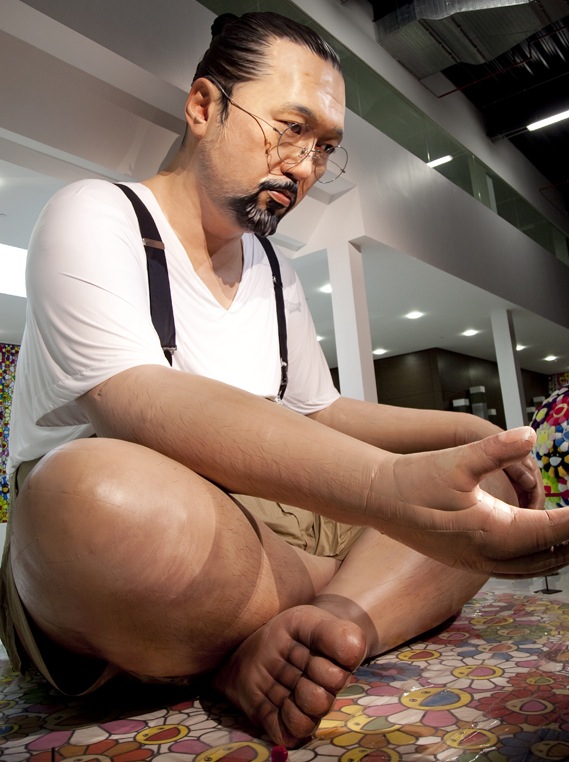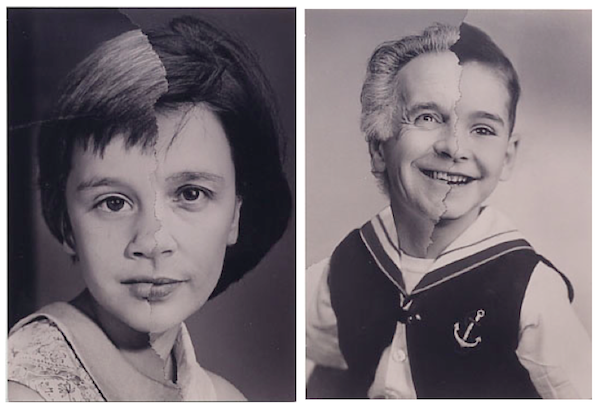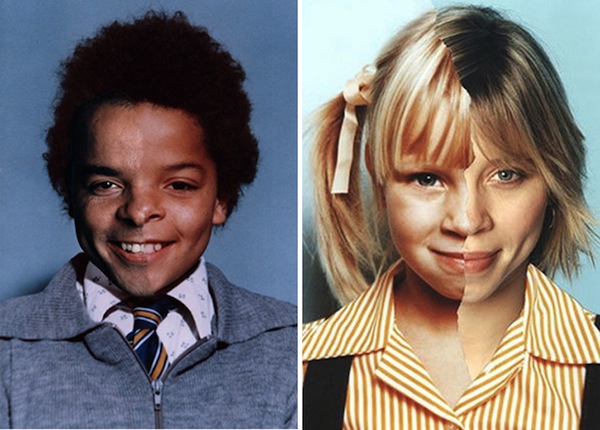Objectus Obscura : An Outerspace Chat w/ Janna Levin
 Jul 18, 2012 Tweet
Jul 18, 2012 Tweet Hey Fam,
Tomorrow's installment in the Terreform One Design + Science series features Janna Levin, an astronomer, physicist and novelist, who'll be taking us on an outerspace journey that delves into questions pondered for centuries. Is space finite or infinite? What's a black hole like?
 Smart is an understatement. She's a Professor of Physics and Astronomy at Barnard College of Columbia University. Her scientific research concerns the Early Universe, Chaos, and Black Holes. She's also the author of two novels, A Madman Dreams of Turing Machines (Knopf, 2006), which won the PEN/Bingham Fellowship for Writers, as well as the popular science book, How the Universe Got Its Spots: Diary of a Finite Time in a Finite Space.
Smart is an understatement. She's a Professor of Physics and Astronomy at Barnard College of Columbia University. Her scientific research concerns the Early Universe, Chaos, and Black Holes. She's also the author of two novels, A Madman Dreams of Turing Machines (Knopf, 2006), which won the PEN/Bingham Fellowship for Writers, as well as the popular science book, How the Universe Got Its Spots: Diary of a Finite Time in a Finite Space.
We caught up with Janna to ask her a few questions about her talk. Now, we're more than amped to be graced with her knowledge of the universe.
3W: Give us a clue about what you'll be talking about. What we've got you down for is Space, Time, and a Universe in Many Dimensions.
JL: I'm going to share some space-time diagrams, ways of mapping space and time, making a map of the universe in some sense. We'll go from there to talk about what if the universe is finite or infinite, and then even get into black holes, which will get into some fun stuff. I have this theory that there are colliding black holes, which bang into each other like a drum, and one day we will hear them....
3W: Sounds wild. There's a lot of popculture around black holes and their existence. What are black holes like?
JL: There are two ways to think of black holes. One way is to think about black holes as astrophysical objects, made of the dust of stars --and there are hardcore, real observations and documentation to prove their existence. Then there's the purely theoretical terrain, those black holes are often math on paper. These people do the "what's inside of a black hole?" questions. These aren't bad questions.

3W: So you seem to do a lot, if not everything. You're a novelist too. Do you use a different part of your brain for that?
JL: (Laughs) Yes! It's so strange, it's really a zone. i have to marinate for hours or days before anything really clicks. When it works right it's almost musical. The writing has a musicality or pace to it. i draw storyboards, i almost figure out what i'm doing it's like a sculpture, actually it's more like a space. How the Universe Got its Spots--it's for non scientists. It's more like a little travelogue. There's a different sort of angle--the book is novelistic in tone in writing. I didn't write that book as a professor emeritus coming own from the mountains to educate the masses. It's not authoritative.
JL: It's something I used to think about. Maybe when I'm like 80.
As you know as part of our Design + Science series, with Terreform One, we're hosting a bunch of awesome speakers who are the brightest minds in a multitude of fields, from physics to fashion design, music to architecture.
FOR TICKETS FOR JANNA'S LECTURE ON SPACE, TIME AND A UNIVERSE IN MANY DIMENSIONS RSVP HERE >>>
7/26 AMANDA PARKES // GESTURE, FORM, COMPUTATION in FASHION RSVP HERE >>>
8/2 BILL WASHABAUGH // GROUNDBREAKING INTERACTIVE PHYSICAL STRUCTURES
 Email tagged
Email tagged  3rd Ward Classes,
3rd Ward Classes,  Books,
Books,  Space,
Space,  columbia university,
columbia university,  janna levin,
janna levin,  lecture,
lecture,  time,
time,  universe
universe 











